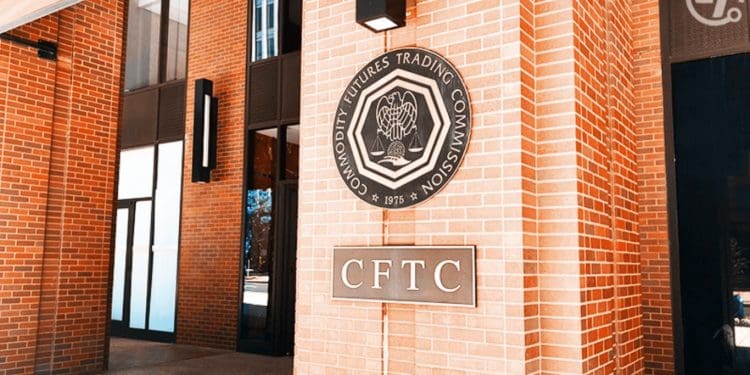- US CFTC finds new proof of Alameda Research’s suspicious activities
- Alameda Research was trading outside FTX
- Former CEO Sam Bankman-Fried had help with other executives for the illegal trades
Alameda Research continues to be in hot waters as court filings show that the company was given an “unfair” trading advantage and special access to users’ stored assets on the cryptocurrency exchange FTX. The Commodities Futures Trading Commission (CFTC) of the United States is investigating the suspicious relationship between the two companies owned by former FTX CEO Sam Bankman-Fried (SBF).
Authorities of the CFTC filed a complaint against SBF on December 1 in the Southern District Court of New York, claiming various risky and illegal business transactions between Alameda Research and FTX.
The lawsuit contains several claims that outline how the two corporations and some individuals, such as Bankman-Fried, went against the Commodity Exchange Act and other restrictions. The complaint follows the arrest of the former CEO in the Bahamas on December 12. As of press time, he is scheduled for extradition to the US.
Authorities Looking for Loopholes in FTX
The CFTC specified that Bankman-Fried was directly involved with everything in FTX, Alameda Research, and their subsidiaries from its debut in May 2019 to its inevitable downfall in November 2022.
On FTX.com, Alameda served as a principal market maker, which meant it was responsible for providing liquidity to the website’s crypto markets. The CFTC asserts that the firm’s status as a “joint venture” was used in various ways, even though they ran their operations as if they were independent.
The claim stated that several insiders were engaged in the decision to enable deposits of FTX customers, such as fiat dollars and Bitcoin. The money was found to be received, kept by, “and appropriated by Alameda” for the company’s benefit. This decision was made without the knowledge of FTX customers.
In addition, the CFTC asserts that officials at FTX built elements in the exchange coding that enabled Alameda to keep an almost “unlimited line of credit on FTX.”
Authorities also discovered loopholes, which give Alameda “an unfair advantage” for trading on FTX. This included a reduction in the amount of time it took to execute trades and an exemption from the “distinctive auto-liquidation risk management” method utilized by the exchange. In other words, they have more tools that they can use than the average trader on the platform.
It is further alleged that SBF and another Alameda employee authorized the hedge fund to spend user funds and FTX to trade beyond its local exchange, including a range of high-risk digital asset industry ventures.
The former CEO and several FTX officials obtained “loans” from Alameda in millions of dollars, although the paperwork for these “loans” was inadequate. In addition to financing political purposes, the money was spent on luxury real estate and property.
While claiming in its terms of service that “customers owned and maintained control of assets in their accounts and that these were safeguarded and segregated from FTX’s funds,” FTX Trading engaged in widespread theft of customer funds. This occurred while FTX Trading claimed that customers’ assets were protected and kept separate from the corporate funds.














